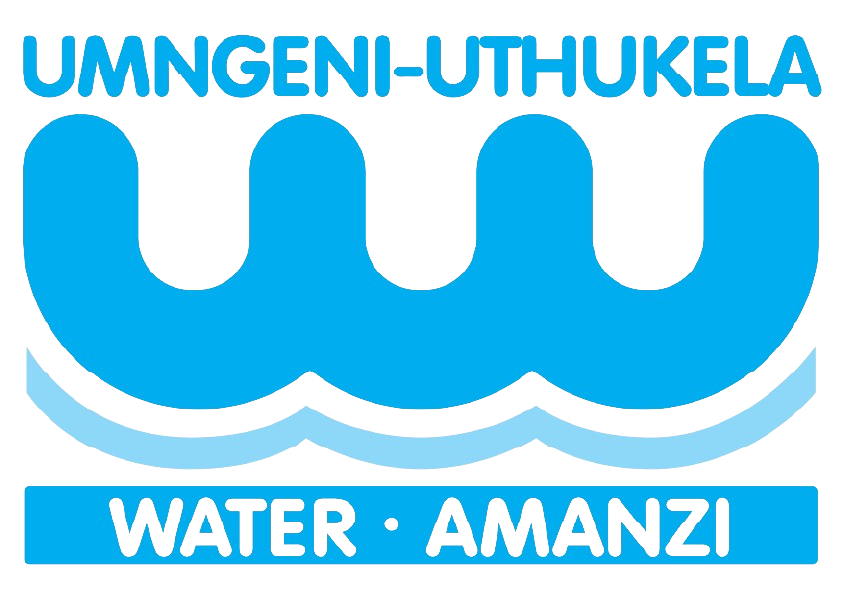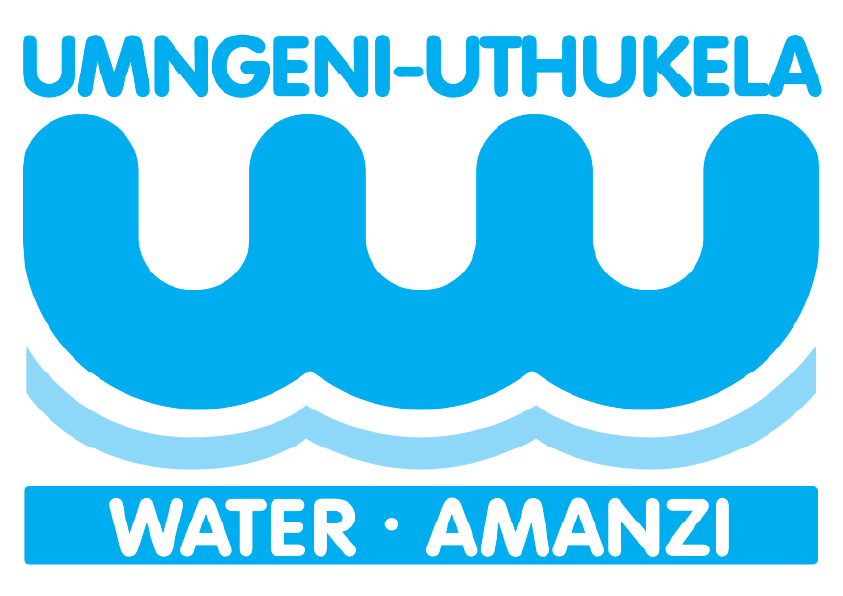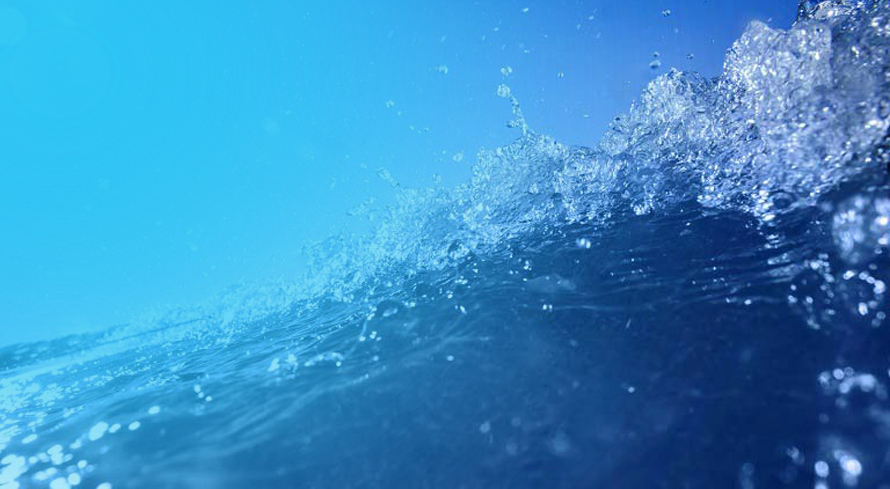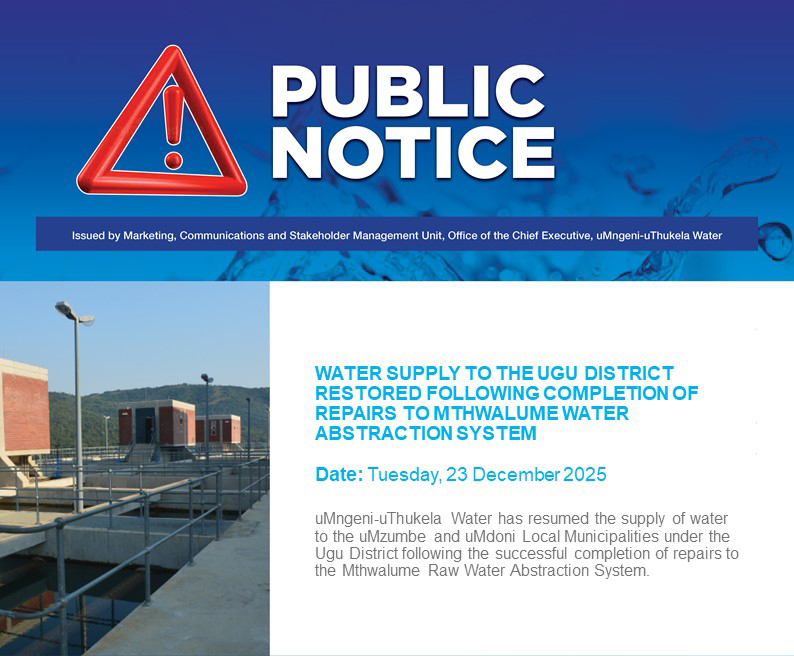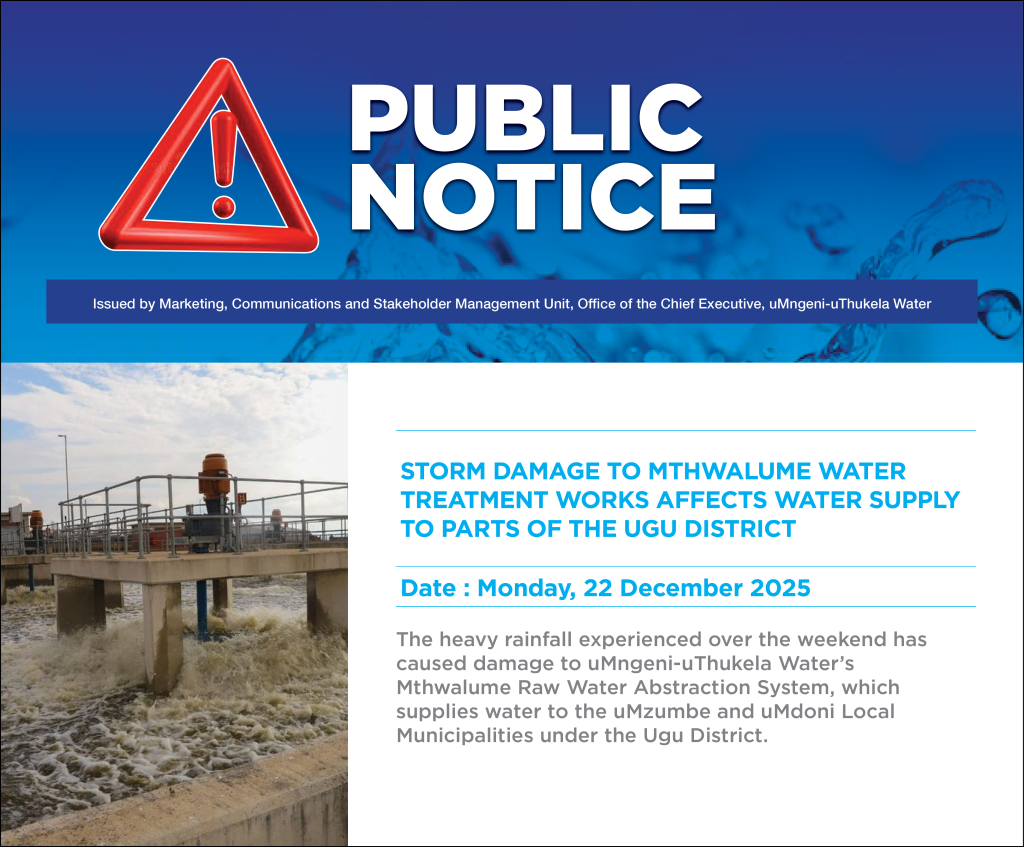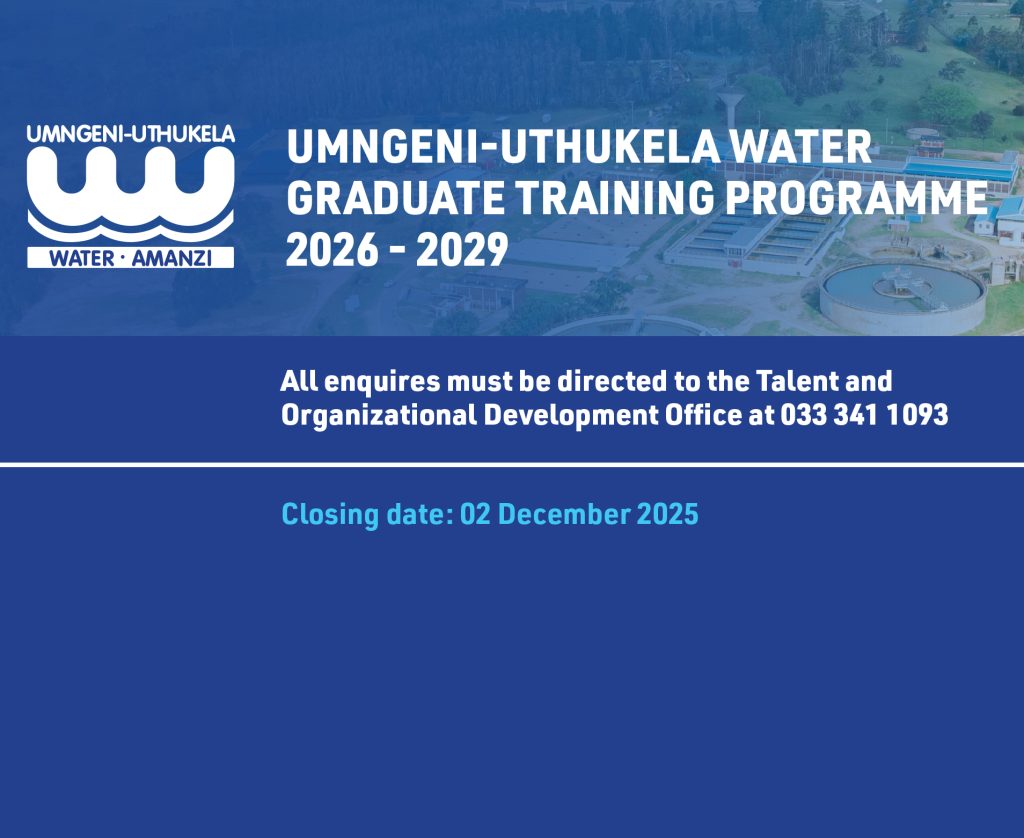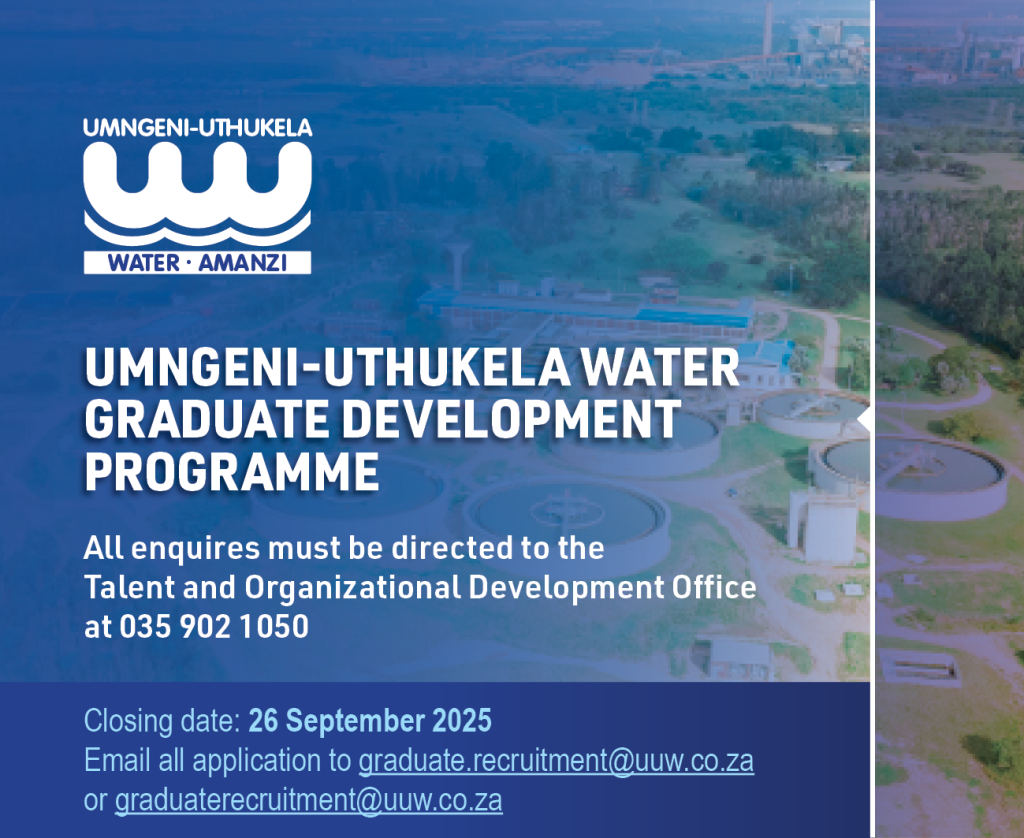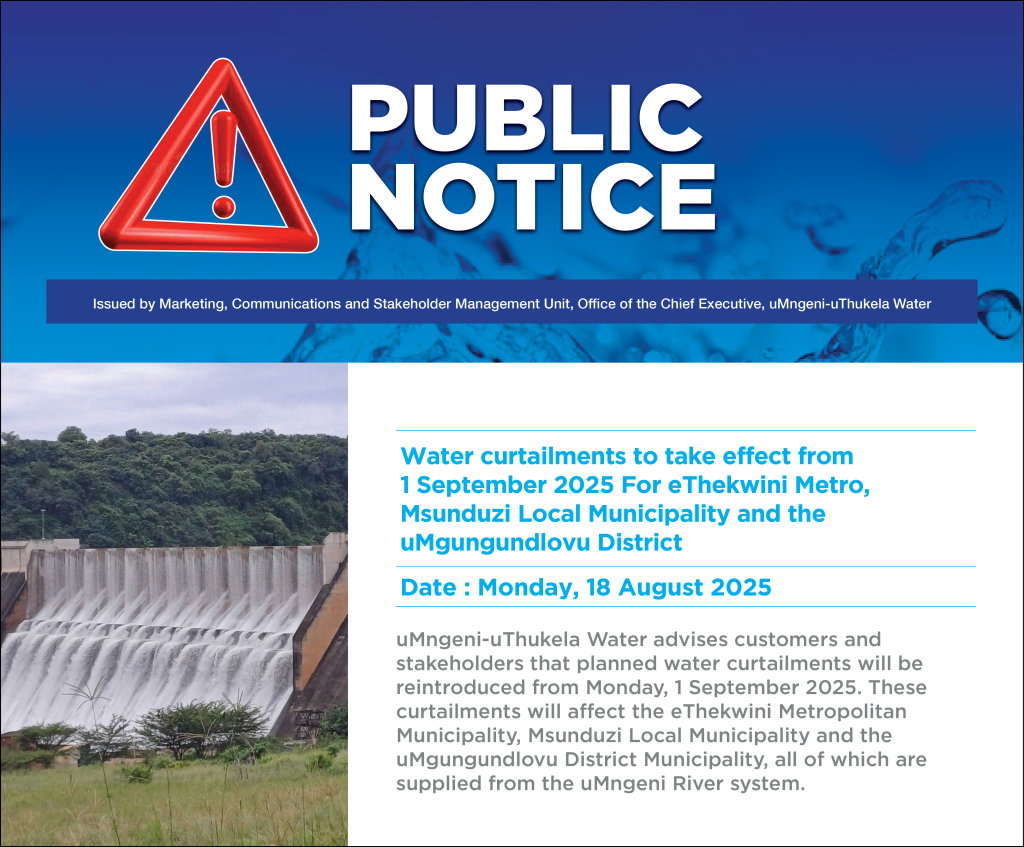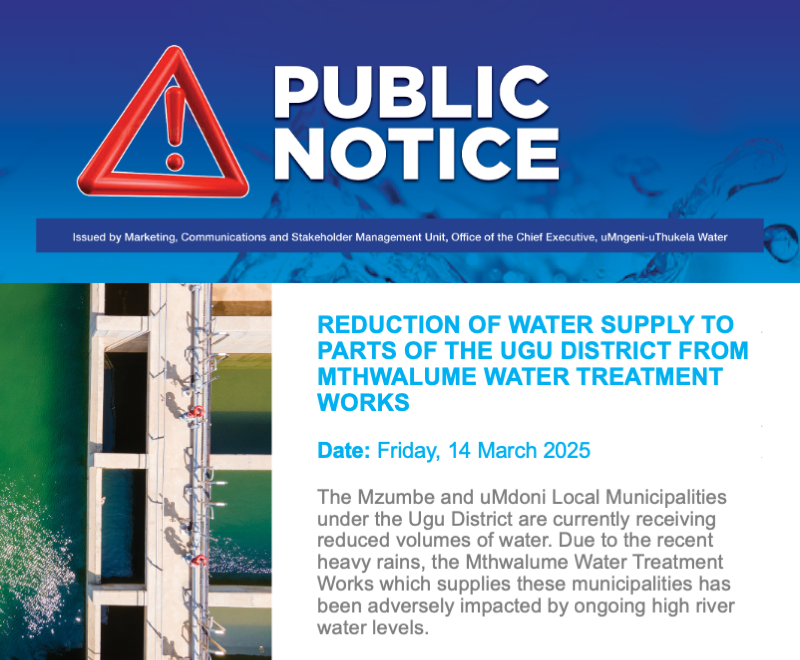[vc_row][vc_column][vc_column_text]REHABILITATION OF DURBAN HEIGHTS RESERVOIR 3: THE FACTORS THAT HAVE IMPACTED THIS PROJECT
Issued by the Corporate Stakeholder Management Unit Office of the Chief Executive 18th March 2021
Rehabilitation of the roof structure of Reservoir 3 at Durban Heights Water Works in Reservoir Hills is one of several strategically important projects that has been delayed as the lingering effects of COVID-19 and the hard lockdown of 2020 continue and an increase in the Bill of Quantities (BoQ) is implemented.
Reservoir 3 feeds eThekwini Metro’s reservoirs that supply consumers in the northern parts of Durban, specifically the INK region (Inanda, Ntumzuma and KwaMashu) and Phoenix. Its capacity is 340 megalitres, making it one of the largest potable water storage facilities in Durban. The large number of households, businesses and industry that receive water from it illustrates the importance of this infrastructure.
Work at Reservoir 3 involves rehabilitation of its external roof soffit; the contract commenced on 30th November 2017. However, no work could be done at that stage, as access to the inside of the reservoir was not granted due to operational reasons. The reservoir had to be drained before the contractor could begin work on it. The contractor moved onto site on 8th August 2019.
The project was initiated in response to a five-yearly dam safety inspection on Reservoir 3 that identified some safety and stability-related components for further investigation and rehabilitation. The inspection highlighted the imperative need for investigations of the roof of the reservoir in order to establish the degradation processes that is occurring and evaluate the scope and method of rehabilitation required. Work of this nature is vital as it ensures safety of the structure and its continued efficient functionality.
Just eight months after the rehabilitation project began, a national state of disaster was declared and level 5 of the lockdown implemented. This placed total prohibition on all non-essential commercial, industrial and business activity, including construction. Level 5 was followed in subsequent months by level 4 and two separate periods of level 3, all of which amounted to six-and-a-half months and also contained stringent work-related requirements.
Although easing of restrictions began after level 5 and level 4 were lifted, physical distancing and limitations on the number of employees allowed in the work place remained. The collective impact was work came to a standstill and production time was lost at the construction site of Reservoir 3 and at least 12 other uMngeni-uThukela Water projects that were in the construction phase.
Investigations done by uMngeni-uThukela Water indicate that for at least eight weeks no work took place in the construction industry. Apart from causing project commissioning, completion and launch delays, lost work-related time is now the subject of some construction companies’ claims for financial compensation and for additional time to complete, commission or commence work. Many of these applications are currently being assessed. A further setback for completion of the Reservoir 3 work was ongoing disruption of global supply chain processes because of the continuing spread of coronavirus. Some replacement parts that are required for completion of infrastructure projects are imported, and even in instances where countries have resumed limited import-export, significant delays continue to be experienced in ultimately receiving these parts.
Rehabilitation of the internal roof soffit was completed on 11th December 2020. It has since been established that in order for the reservoir to be fully restored and its life span extended, the concrete floor slab and internal lining will have to be rehabilitated and external waterproofing will have to be done as additional work to the original scope. Completion, therefore, of the entire rehabilitation project will occur once mandatory investigations are done and approval received. A completion date is not available at this stage.
A further complication has arisen with the reinstatement of load shedding, currently at stage 2. Power supply interruptions, averaging two shuts of two hours each per day, are affecting both pumping of water from Inanda Dam to Durban Heights Water Works and treatment of water at this plant. On average, transfer of water from Inanda Dam to Durban Heights Water Works reduces by 100 megalitres per day when load shedding occurs. This means the amount of water that is treated at this plant is also 100 megalitres less than the normal daily amount.
In a situation of this nature, 110 megalitres is taken from Durban Heights Reservoir 2, in case the Wiggins HLPS is load
shedding. The combination of load shedding at Inanda Pump Station and the HLPS results in the depletion of the storage
capacity at Durban Heights. Load shedding of HLPS and eThekwini Water Services’ draws potable water from Durban
Heights Reservoir 2 also result in reduction of storage at Durban Heights.
An alternate source of raw water supply to Durban Heights Water Works is Nagle Dam. This transfer occurs through gravity
and it takes, on average, five to six hours for the conveyance of water from this dam to Durban Heights Water Works
– and the water will still be enroute to the treatment plant from the beginning and end of two phases of load shedding.
Therefore, Nagle Dam’s longer transfer period, together with the fact that Inanda Dam is currently spilling, make Inanda
Dam the preferred option for quicker raw water supply.
The consequence of power interruptions is profound and translates into reduced abstraction and production. Non-functionality of Reservoir 3 is also impacting on the accepted norm of 12 hours storage by a bulk water services provider.
When Reservoir 3 is functional and during power interruptions, the storage capacity of Reservoir 3, plus the storage held
in the other two reservoirs on site, would be adequate for full supply. Reservoir 2 on its own, at 100 megalitres, is less
than one-third of that of Reservoir 3, hence its stand-by storage will still create a deficit in meeting demands. It is a requirement that all water services authorities (municipalities) must have 48 hours potable water storage
in their reservoirs/reticulation systems.
The purpose of adequate storage is to ensure that, in the case of a bulk supplier, it is able to supply water for
at least 12 hours in the event of an abnormal situation arising, and a water services provider can supply water
for 48 hours from its own resources if a break in supply occurs from the system of a bulk supplier.[/vc_column_text][vc_btn title=”Download Document” style=”classic” color=”primary” link=”url:https%3A%2F%2Fwww.umngeni-uthukela.co.za%2Fwp-content%2Fuploads%2F2021%2F03%2FUW_Rehabilitation-of-Durban-Heights_.pdf”][/vc_column][/vc_row]
